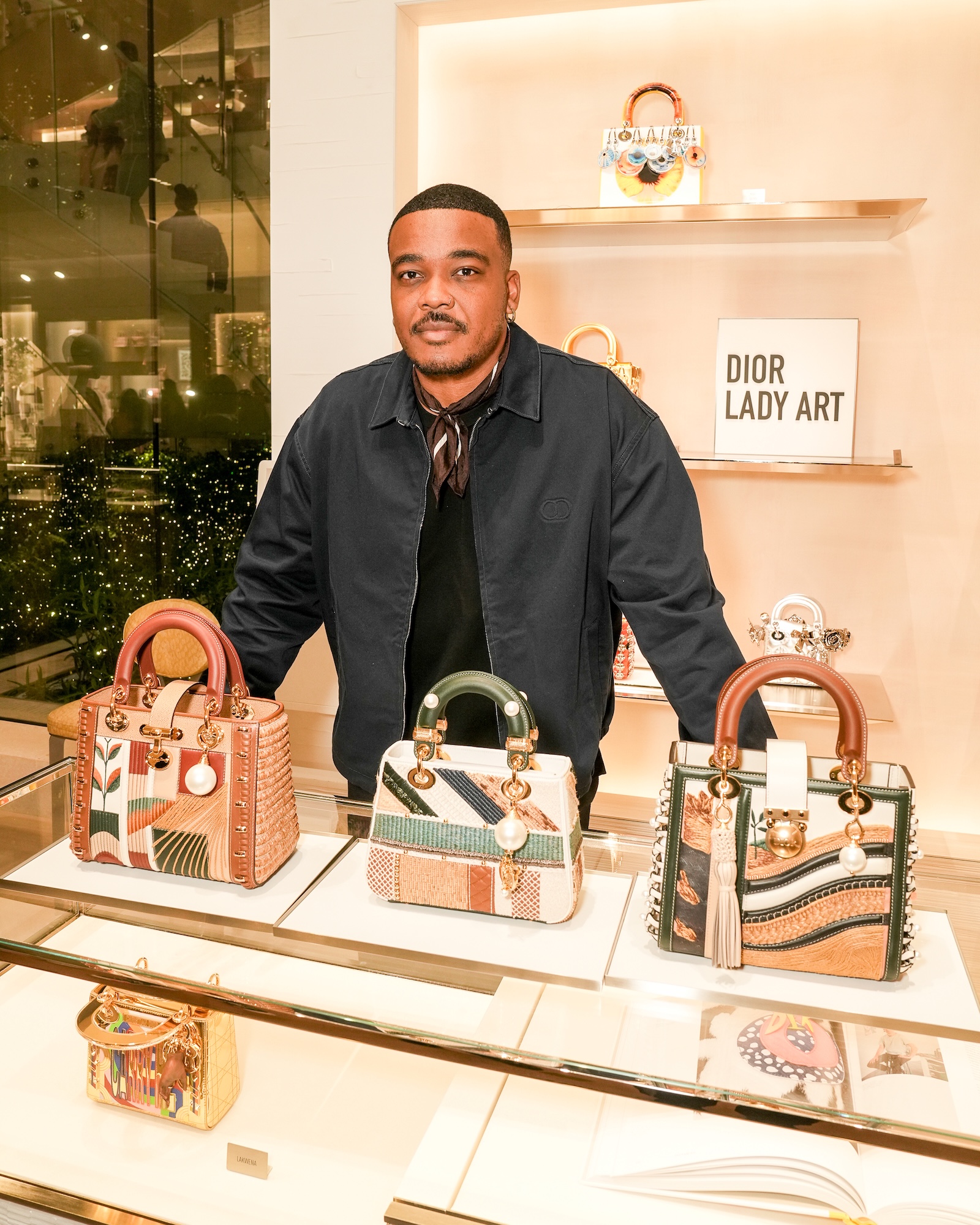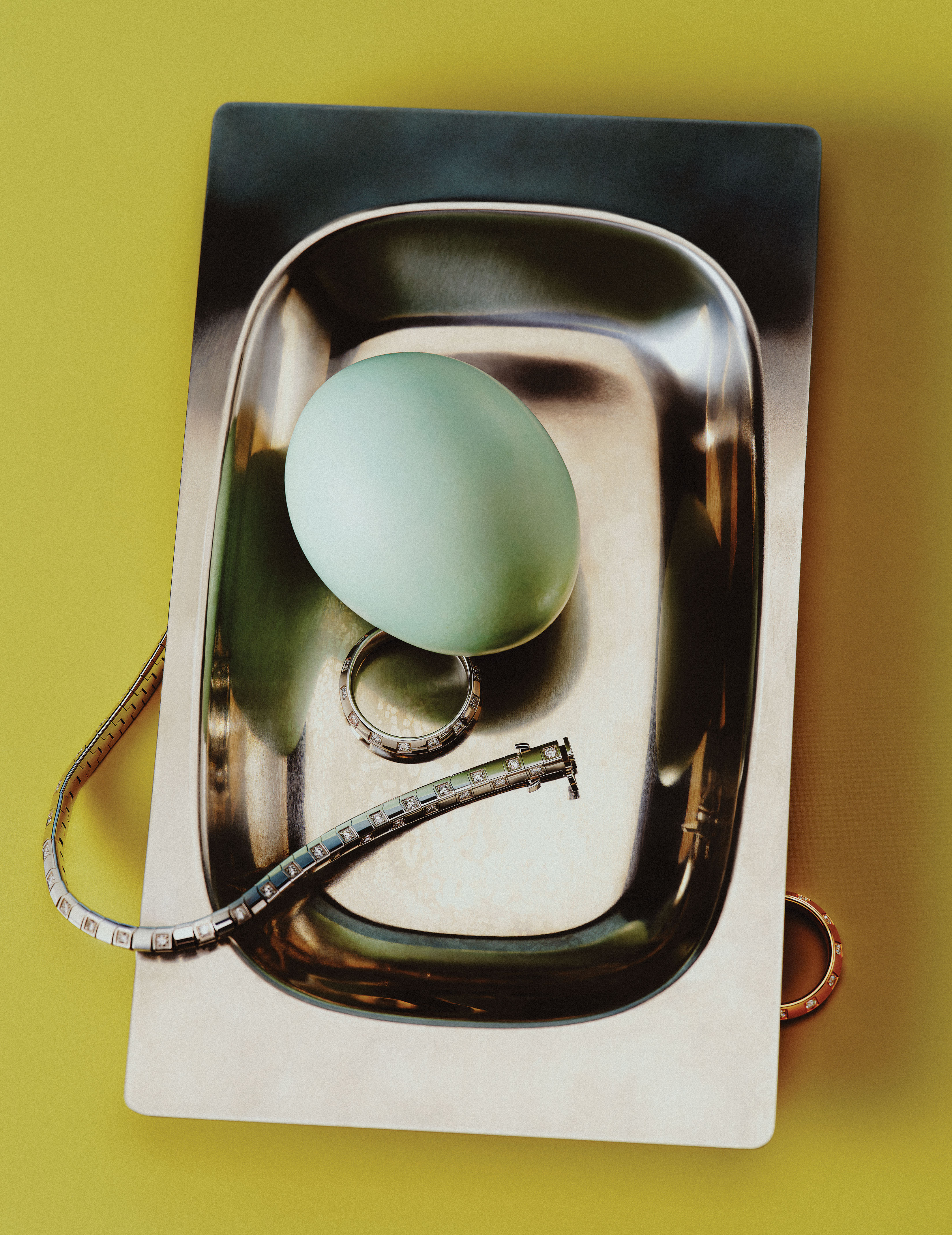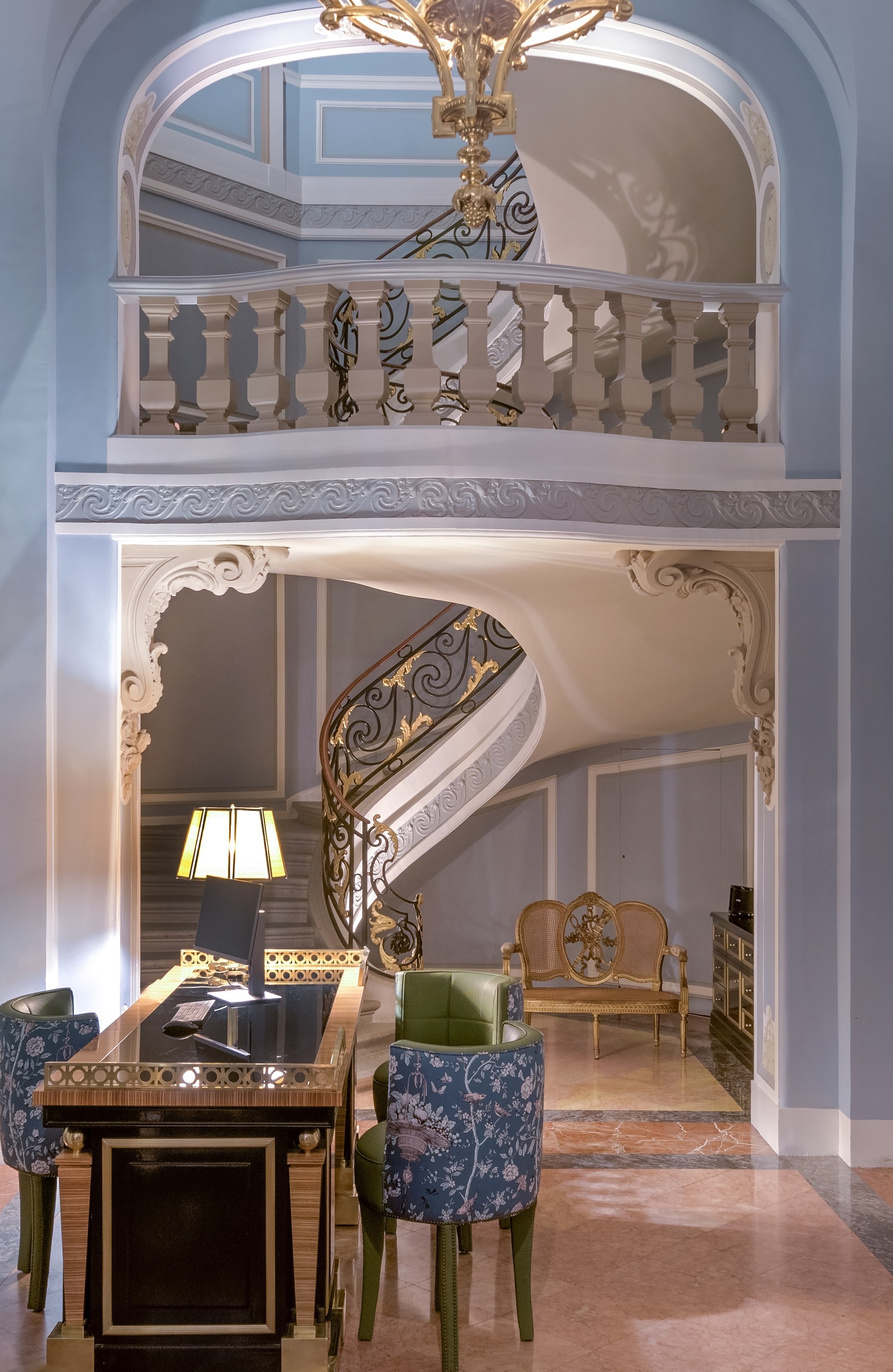

Founded by Nabila Brache and Joel De La Rosa, [idioma studio](https://www.instagram.com/idioma.studio/?hl=en) is a fashion label and cultural platform that turns concepts into visual language.
Their second collection borrows its title and ideas from the 1973 Fassbinder film “World on a Wire.” Playing with concepts of artificial intelligence and its impact on the world, idioma studio questions the relationships that accompany. The collection’s five looks feature futuristic tailoring, strong menswear inspired basics, soft dresses, and futuristic jewelry.
Read _Flaunt’s_ conversation with De La Rosa and Brache about their origin and the collection below!


**What was the driving force for you two to create idioma studio?**
Through a series of conversations about the current state of the fashion industry, we realized we had the same values. There was a desire to make a statement against superficial fashion and this led us to begin the brand. The name _idioma studio_ came from the idea of wanting to develop a language, with fashion, art, and other of our interests. (_idioma_ means language in Spanish, our native tongue.)
**What is the mission behind this brand?**
We feel that in order to create fashion that is relevant, we have to do more than just make nice clothes. Because of this, we aspire to make clothing with meaning, to make sociological or political discourse while also developing the brand as a cultural platform.
**Your upcoming second collection is titled after the film _World on a Wire_, how did you get introduced to that film?**
A lot of our time is spent watching and learning about cinema. After learning about the French New Wave and Italian Neorealism we thought it would be interesting to learn about New German Cinema. That's where we were introduced to great directors like Werner Herzog, Wim Wenders, and of course Rainer Werner Fassbinder (the director of _World On A Wire_).


**What were your initial reactions and feelings while watching the film _World on a Wire_? Were you immediately inspired?**
Immediately while watching this film, we realized how special it was, because it was so ahead of its time. We were also drawn to the aesthetic of the film, it was very retrofuturistic. Rainer Werner Fassbinder was visualizing what the future would be in the 1970s. For our collection, we took the same approach and visualized what the future would be in a fashion context, but while touching philosophical themes that are also present in the film.
It made us think about where the world is today, specifically with AI, and how it is moving towards singularity. We aim to question the relationship between illusion and identity, humans and machines, past and future.
**Where do you usually look for inspiration, or does inspiration come to you?**
In these beginning stages, inspiration for us has been other creative minds, especially in film. We have been interested in learning from great film directors like Sergei Parajanov, Rainer Werner Fassbinder, Alejandro Jodorowsky, David Lynch and many more. This also goes in hand with our cultural platform, as we constantly interview artists and learn how they work. When we see value in our dialogues with them, we sometimes apply it to our work. Recently, we had a conversation with artist Roger Ballen. He told us that he isn’t inspired by any other artist because he has so much within himself. We find this idea of internal versus external inspiration to be very interesting, and we are still figuring out how we can get to pure internal inspiration.
**How do you want people to feel when they see this collection?**
Mainly curious, we want to lead others to learn more about our references. It’s interesting how fashion could function as a storytelling device that could be educational. Fashion could be a way to teach history, philosophy, sociology, and much more. It’s a powerful medium that can express more than most people think.
**How has idioma studio grown since the debut collection _Medicina De Amor_?**
With our second collection we introduced jewelry, and have had dialogues with more than 30 artists around the world, giving us the opportunity to use these dialogues as educational vehicles that help us improve our creative process. We have grown in other ways because Medicina De Amor was basically us just working with our friends, and now it has evolved to also working with industry professionals.


**You’ve announced that you’ve made a short film that will debut on IGTV, what can we expect from it?**
The frustration that comes with technology. We were excited to work with our sound designer Mauro Ferreiro to intensify the relationship between humans and machines, juxtaposing classical music with futuristic electronic sounds. In some scenes, it’s impossible to tell whether we are watching a reflection or reality, which led us to play with reflections in our jewelry and in the set design.
**Is there anything else you want people to know about idioma studio?**
With idioma studio, we present what we have to say. With large houses presenting over 100 looks, it pushes us to move away from that excessive approach. We find this to be a flaw in the fashion system.
Also, if we get one person to research and learn through our collections and references, then that makes us very happy and makes it all worth it.
 
Founded by Nabila Brache and Joel De La Rosa, [idioma studio](https://www.instagram.com/idioma.studio/?hl=en) is a fashion label and cultural platform that turns concepts into visual language.
Their second collection borrows its title and ideas from the 1973 Fassbinder film “World on a Wire.” Playing with concepts of artificial intelligence and its impact on the world, idioma studio questions the relationships that accompany. The collection’s five looks feature futuristic tailoring, strong menswear inspired basics, soft dresses, and futuristic jewelry.
Read _Flaunt’s_ conversation with De La Rosa and Brache about their origin and the collection below!

Founded by Nabila Brache and Joel De La Rosa, [idioma studio](https://www.instagram.com/idioma.studio/?hl=en) is a fashion label and cultural platform that turns concepts into visual language.
Their second collection borrows its title and ideas from the 1973 Fassbinder film “World on a Wire.” Playing with concepts of artificial intelligence and its impact on the world, idioma studio questions the relationships that accompany. The collection’s five looks feature futuristic tailoring, strong menswear inspired basics, soft dresses, and futuristic jewelry.
Read _Flaunt’s_ conversation with De La Rosa and Brache about their origin and the collection below!
 
**What was the driving force for you two to create idioma studio?**
Through a series of conversations about the current state of the fashion industry, we realized we had the same values. There was a desire to make a statement against superficial fashion and this led us to begin the brand. The name _idioma studio_ came from the idea of wanting to develop a language, with fashion, art, and other of our interests. (_idioma_ means language in Spanish, our native tongue.)
**What is the mission behind this brand?**
We feel that in order to create fashion that is relevant, we have to do more than just make nice clothes. Because of this, we aspire to make clothing with meaning, to make sociological or political discourse while also developing the brand as a cultural platform.
**Your upcoming second collection is titled after the film _World on a Wire_, how did you get introduced to that film?**
A lot of our time is spent watching and learning about cinema. After learning about the French New Wave and Italian Neorealism we thought it would be interesting to learn about New German Cinema. That's where we were introduced to great directors like Werner Herzog, Wim Wenders, and of course Rainer Werner Fassbinder (the director of _World On A Wire_).

**What was the driving force for you two to create idioma studio?**
Through a series of conversations about the current state of the fashion industry, we realized we had the same values. There was a desire to make a statement against superficial fashion and this led us to begin the brand. The name _idioma studio_ came from the idea of wanting to develop a language, with fashion, art, and other of our interests. (_idioma_ means language in Spanish, our native tongue.)
**What is the mission behind this brand?**
We feel that in order to create fashion that is relevant, we have to do more than just make nice clothes. Because of this, we aspire to make clothing with meaning, to make sociological or political discourse while also developing the brand as a cultural platform.
**Your upcoming second collection is titled after the film _World on a Wire_, how did you get introduced to that film?**
A lot of our time is spent watching and learning about cinema. After learning about the French New Wave and Italian Neorealism we thought it would be interesting to learn about New German Cinema. That's where we were introduced to great directors like Werner Herzog, Wim Wenders, and of course Rainer Werner Fassbinder (the director of _World On A Wire_).
 
**What were your initial reactions and feelings while watching the film _World on a Wire_? Were you immediately inspired?**
Immediately while watching this film, we realized how special it was, because it was so ahead of its time. We were also drawn to the aesthetic of the film, it was very retrofuturistic. Rainer Werner Fassbinder was visualizing what the future would be in the 1970s. For our collection, we took the same approach and visualized what the future would be in a fashion context, but while touching philosophical themes that are also present in the film.
It made us think about where the world is today, specifically with AI, and how it is moving towards singularity. We aim to question the relationship between illusion and identity, humans and machines, past and future.
**Where do you usually look for inspiration, or does inspiration come to you?**
In these beginning stages, inspiration for us has been other creative minds, especially in film. We have been interested in learning from great film directors like Sergei Parajanov, Rainer Werner Fassbinder, Alejandro Jodorowsky, David Lynch and many more. This also goes in hand with our cultural platform, as we constantly interview artists and learn how they work. When we see value in our dialogues with them, we sometimes apply it to our work. Recently, we had a conversation with artist Roger Ballen. He told us that he isn’t inspired by any other artist because he has so much within himself. We find this idea of internal versus external inspiration to be very interesting, and we are still figuring out how we can get to pure internal inspiration.
**How do you want people to feel when they see this collection?**
Mainly curious, we want to lead others to learn more about our references. It’s interesting how fashion could function as a storytelling device that could be educational. Fashion could be a way to teach history, philosophy, sociology, and much more. It’s a powerful medium that can express more than most people think.
**How has idioma studio grown since the debut collection _Medicina De Amor_?**
With our second collection we introduced jewelry, and have had dialogues with more than 30 artists around the world, giving us the opportunity to use these dialogues as educational vehicles that help us improve our creative process. We have grown in other ways because Medicina De Amor was basically us just working with our friends, and now it has evolved to also working with industry professionals.

**What were your initial reactions and feelings while watching the film _World on a Wire_? Were you immediately inspired?**
Immediately while watching this film, we realized how special it was, because it was so ahead of its time. We were also drawn to the aesthetic of the film, it was very retrofuturistic. Rainer Werner Fassbinder was visualizing what the future would be in the 1970s. For our collection, we took the same approach and visualized what the future would be in a fashion context, but while touching philosophical themes that are also present in the film.
It made us think about where the world is today, specifically with AI, and how it is moving towards singularity. We aim to question the relationship between illusion and identity, humans and machines, past and future.
**Where do you usually look for inspiration, or does inspiration come to you?**
In these beginning stages, inspiration for us has been other creative minds, especially in film. We have been interested in learning from great film directors like Sergei Parajanov, Rainer Werner Fassbinder, Alejandro Jodorowsky, David Lynch and many more. This also goes in hand with our cultural platform, as we constantly interview artists and learn how they work. When we see value in our dialogues with them, we sometimes apply it to our work. Recently, we had a conversation with artist Roger Ballen. He told us that he isn’t inspired by any other artist because he has so much within himself. We find this idea of internal versus external inspiration to be very interesting, and we are still figuring out how we can get to pure internal inspiration.
**How do you want people to feel when they see this collection?**
Mainly curious, we want to lead others to learn more about our references. It’s interesting how fashion could function as a storytelling device that could be educational. Fashion could be a way to teach history, philosophy, sociology, and much more. It’s a powerful medium that can express more than most people think.
**How has idioma studio grown since the debut collection _Medicina De Amor_?**
With our second collection we introduced jewelry, and have had dialogues with more than 30 artists around the world, giving us the opportunity to use these dialogues as educational vehicles that help us improve our creative process. We have grown in other ways because Medicina De Amor was basically us just working with our friends, and now it has evolved to also working with industry professionals.
 
**You’ve announced that you’ve made a short film that will debut on IGTV, what can we expect from it?**
The frustration that comes with technology. We were excited to work with our sound designer Mauro Ferreiro to intensify the relationship between humans and machines, juxtaposing classical music with futuristic electronic sounds. In some scenes, it’s impossible to tell whether we are watching a reflection or reality, which led us to play with reflections in our jewelry and in the set design.
**Is there anything else you want people to know about idioma studio?**
With idioma studio, we present what we have to say. With large houses presenting over 100 looks, it pushes us to move away from that excessive approach. We find this to be a flaw in the fashion system.
Also, if we get one person to research and learn through our collections and references, then that makes us very happy and makes it all worth it.

**You’ve announced that you’ve made a short film that will debut on IGTV, what can we expect from it?**
The frustration that comes with technology. We were excited to work with our sound designer Mauro Ferreiro to intensify the relationship between humans and machines, juxtaposing classical music with futuristic electronic sounds. In some scenes, it’s impossible to tell whether we are watching a reflection or reality, which led us to play with reflections in our jewelry and in the set design.
**Is there anything else you want people to know about idioma studio?**
With idioma studio, we present what we have to say. With large houses presenting over 100 looks, it pushes us to move away from that excessive approach. We find this to be a flaw in the fashion system.
Also, if we get one person to research and learn through our collections and references, then that makes us very happy and makes it all worth it.

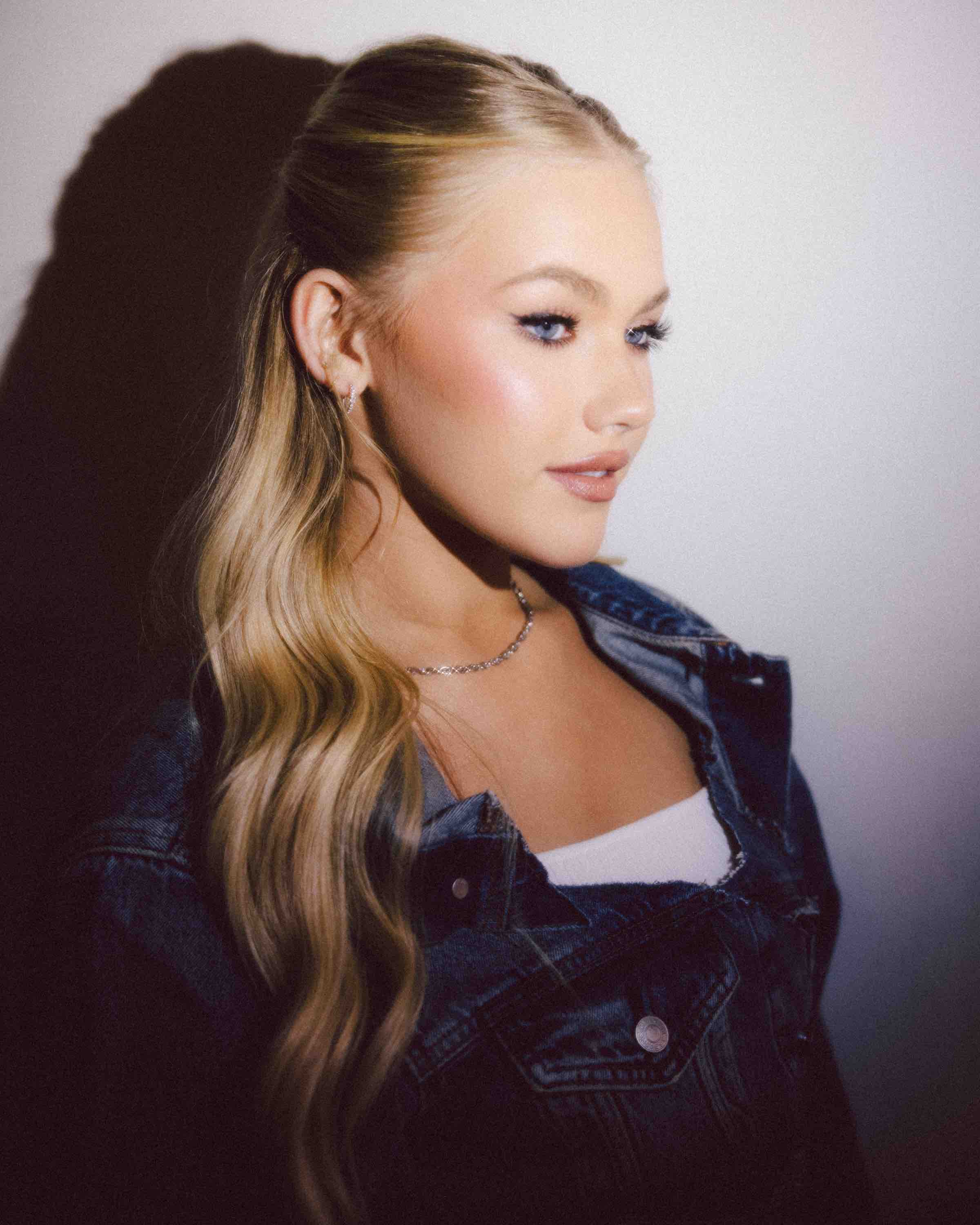



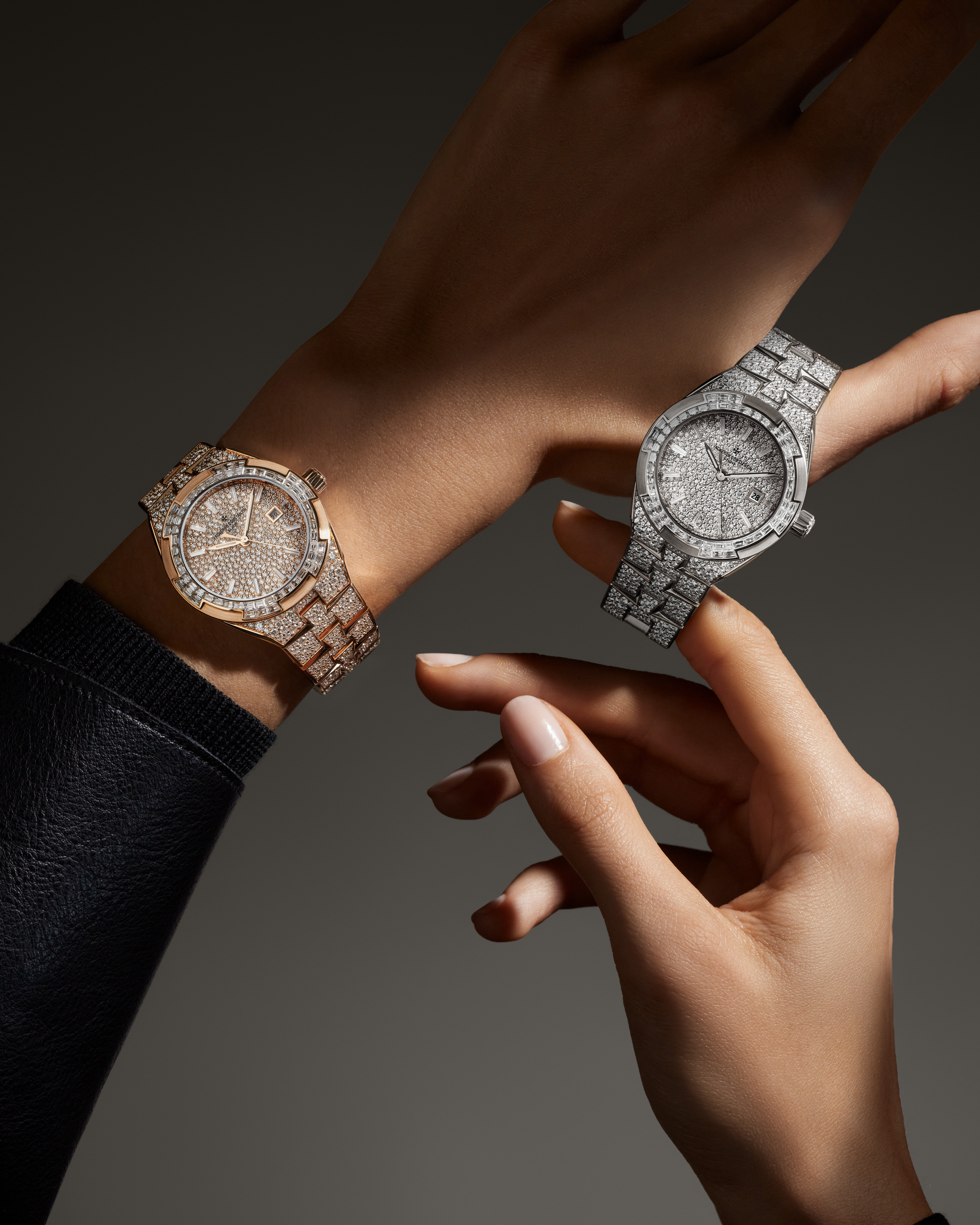
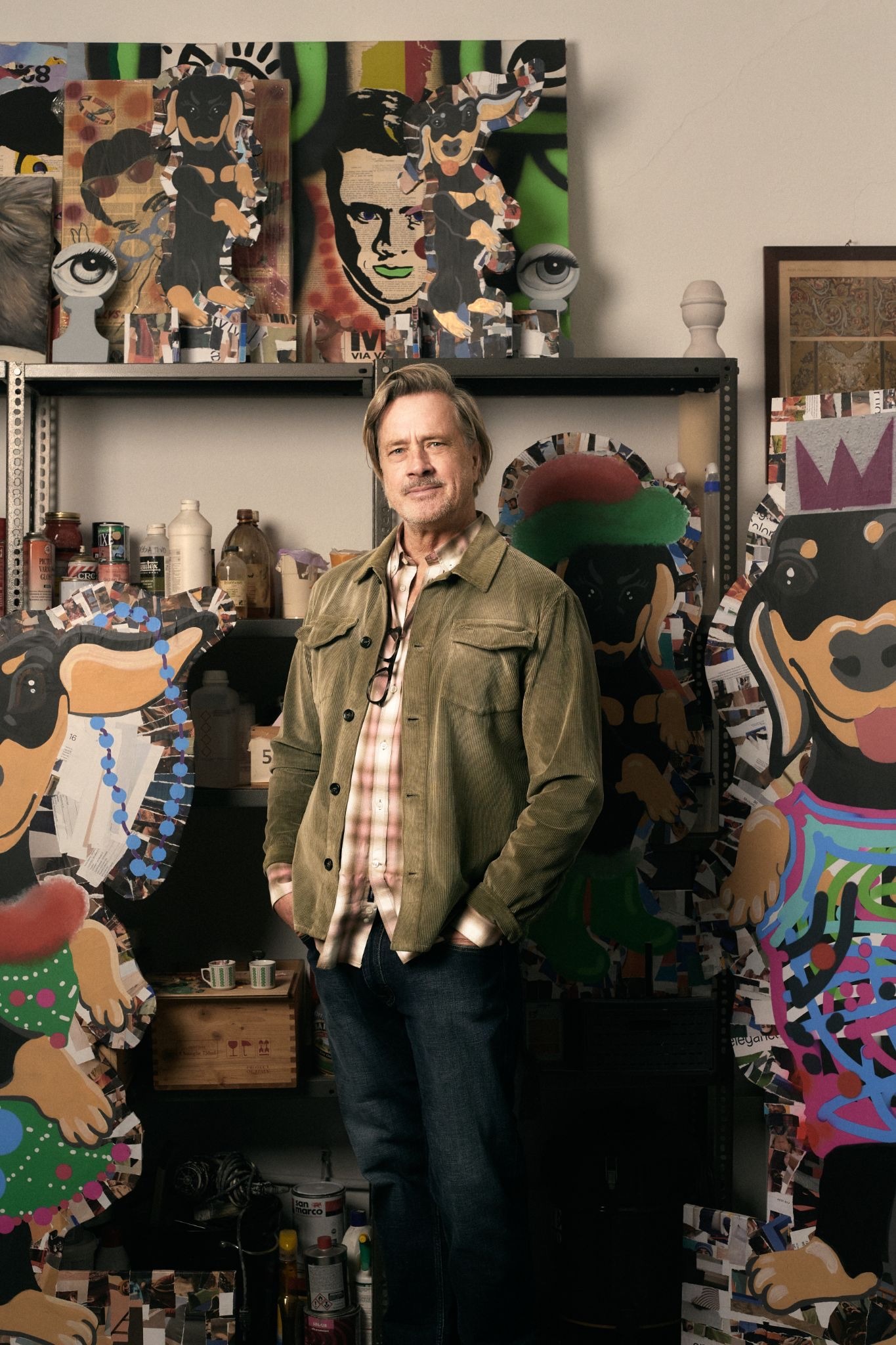
.JPG)
.jpg)
